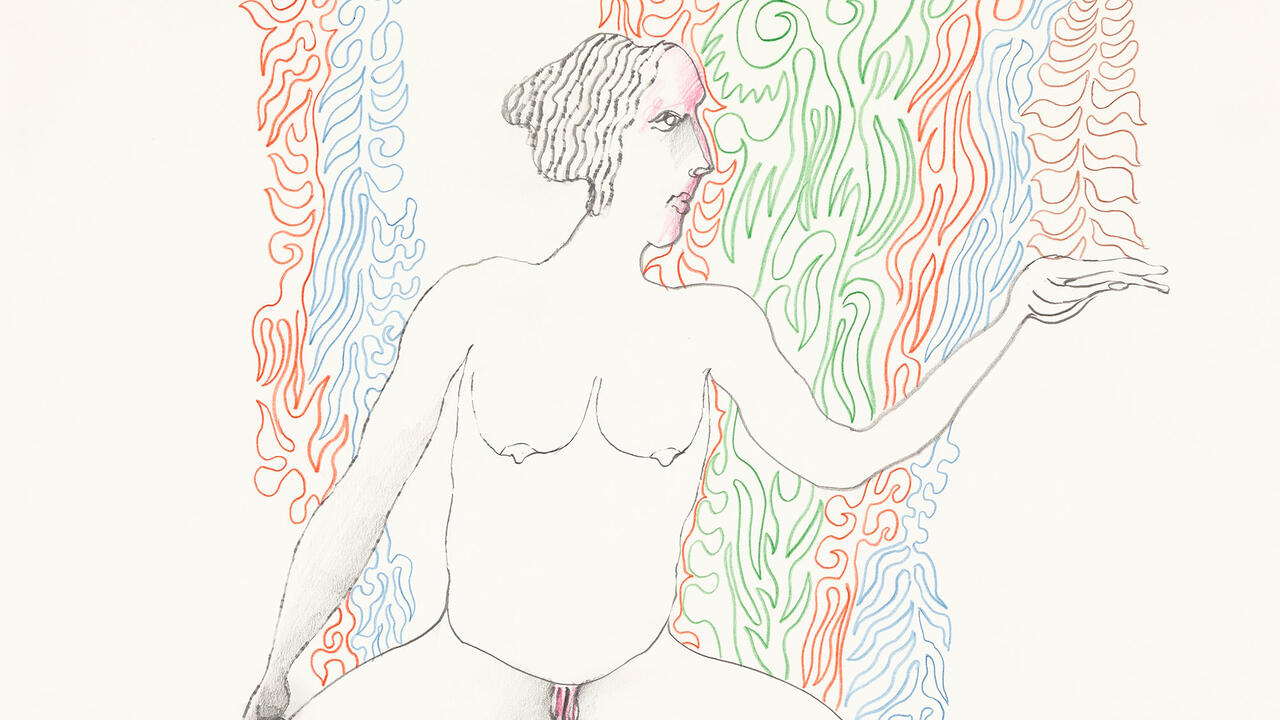Henry Codax

In the late 1960s, Daniel Buren, Olivier Mosset, Michel Parmentier and Niele Toroni (BMPT) questioned what a painterly mark is with a series of historic performances and exhibitions. The first public performance occurred on the opening day of the 18th Salon de la Jeune Peinture, at the Musée d’art moderne de la ville de Paris, in 1967; it featured the artists publicly creating their works, which traded their signatures for a distinct symbol. With four symbols in total, each artist could potentially sign their work in the guise of one of their collaborators. These artists intended to overwhelm authorship by underlining the importance of the art object, to achieve in the medium of painting a counterpart to the theory of literature set forth by philosophers of the time, such as Roland Barthes in Writing Degree Zero (1953). Armed with the writing of French theorists to bolster their activities, this moment in art history illustrates the uncomfortable relationship between the written form and the articulation of its principles in reality. While the art works created by BMPT attempted to be interchangeable, ultimately they amplified the idiosyncrasies of each artist’s technique.
The aim of BMPT – to resolve theoretical problematic with material – was recalled in the most recent exhibition by Henry Codax at Carriage Trade gallery. Here, narrative and monochrome painting once again make an unsettling combination. If BMPT foreshadowed the importance of collective authorship in contemporary art, this exhibition continued the group’s line of questioning by realizing art work by a fictional character. The artist made a surprising cameo appearance in Reena Spaulings, a 2005 novel anonymously co-authored by dozens of people under the authorial umbrella of Bernadette Corporation. Codax is taciturn, an old-school painter, whose work comprises ‘expensive, impressive monochromes’. The novel portrays Codax as a radical in overalls with the shoes of a dandy, drinking Hennessy V.S.O.P., and only briefly mentions the art work, which was emulated in this eponymous exhibition.
For this show, ‘Codax’ hung the oversized canvases, each nearly two metres square, in two rows. The small shopfront gallery space was completely filled, each wall hung with paintings, and those walls too small to accommodate the size were complemented with half-sized canvases. In one case, a turquoise monochrome was hung next to its lesser half. The artist veered away from the primary colours predominantly used in the historic monochromes of Alexander Rodchenko, Mark Rothko or Sam Francis, and – like Spaulings’s Codax – used a bubblegum pink, expanding this hue to include a decorative palette of pastels – turquoise, blue, yellow, purple, beige, orange and green. While a garish mix of overwhelmingly sweet colours, the art works maintained the blank, objective quality of a monochrome – screens waiting for the projection.
The circumstances of the exhibition may beg the question as to who is the real Henry Codax; however, more importantly, the show illustrated a deeper problematic in the relationship between the art work and its contingency to text – the tension between the written form and its articulation. One is left to wonder about an art work steeped in literature and its ability to surpass its preconditions or, alternatively, the state in which the art object is resigned merely to illustrate the tensions between a theoretical conceit, a text and a physical object.
This exhibition playfully performed a détournement of the novel itself – indicating two voids: in the novel, a painter without paintings; in the gallery, an exhibition of paintings without a painter. This mutual dependency unfolded in the series of colour-washed canvases, whose almost mechanical fabrication belied no trace of the author or of his index. Open-ended and primed for content, Codax appears less interested in solving circuitous arguments and more in starting a conversation. The paintings are not the centre of the discussion; rather, it is the relationship in which they are entwined. If Codax’s paintings were on the cusp of a sentence, we would be left with an incomplete thought, the coloured canvas a traction-less ground against which to try and move.

















